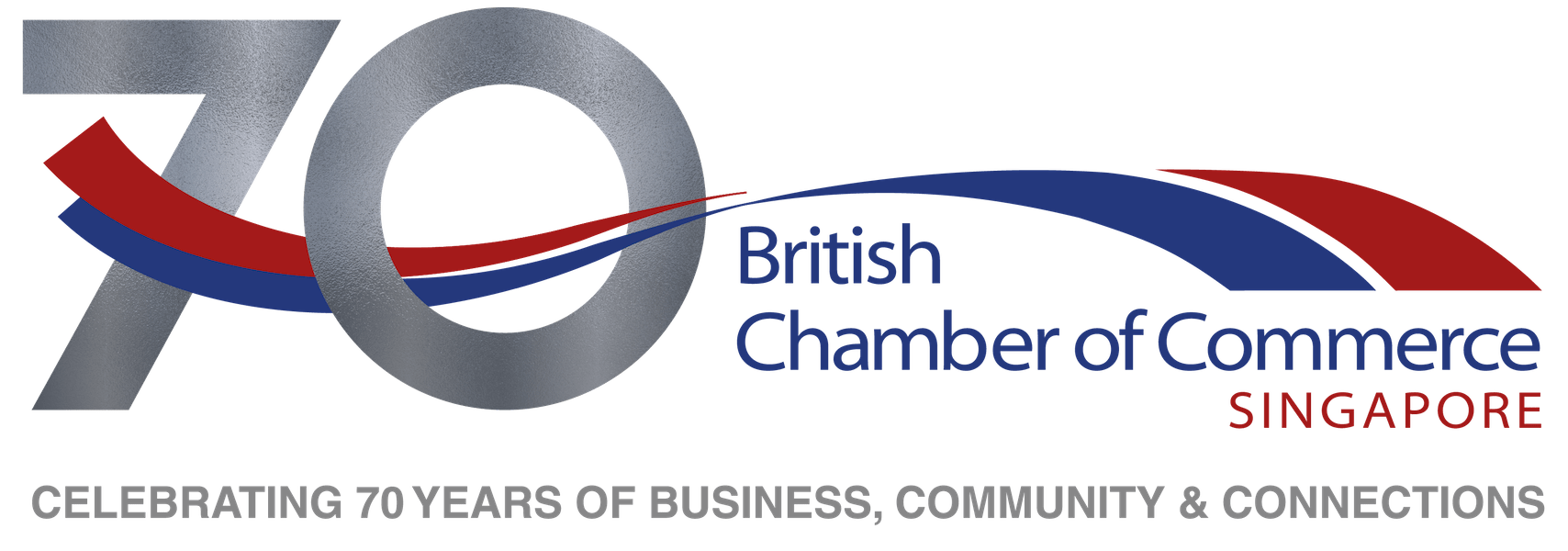Meet SAESL: Finalists for Business Transformation of the Year in our Annual Business Awards
What's made them Finalists
SAESL business is expected to grow by 30% in next 5 years. In 2023, with the return of air travel post-pandemic, SAESL expects an increase in engine output by 22%. To meet this growth, SAESL recognises challenges in areas of costs management, robustness of the processes to support and sustain the business growth. In recognising the business needs to change the way they work, SAESL embarked on a transformational journey through a structured Operating System framework to strengthen their operational and transactional processes.
People and Culture
To align their employees on their direction for the future, SAESL started the pilot implementation of their structured operation system in Q4 of 2021. In the same year, with the progressive introduction of the foundational standards to build up their capability, they were able to deliver more engines, from an average of 3 engines per week in Q3 2021 to 6 engines per week in Q4 2022. They also achieved 25% improvement in the average engine repair turnaround time of 114 days Q4 2021 to 86 days in Q4 2022 for Hospital shop visit. Their customer satisfaction score had also improved with an achievement of 10% improvement in their supplier service maturity assessment scorecard in Q4 2022 compared to Q4 2021.
In terms of external audit performance, they achieved an improvement of audit score by 15% on 12-month moving average in September 2022 compared to September 2021.
Since end 2022, they embarked on embedding product and people safety elements into the Operating System framework through several safety and quality initiatives [for example, behavioural based safety (BBS)] to instil the right mindset and behaviours to drive culture change as an organisation. They had achieved 99% of employees being trained in conducting BBS, 1,731 BBS observations and 4,671 behaviour-related proactive reports by end 2022. They achieved an improvement by 30% in AP5 2023 compared to AP5 2022 for their total reportable injury rate on a 12-month moving average and had recently been recognised for their initiative to drive their “Speak Up” culture by Singapore Business Review (SBR).
Business Transformations
The SAESL Operating System (OS) adopts a series of Lean Principles to improve & sustain the Operational and Transactional Processes, while also introduce safety and quality initiatives that focus on behavioural mindset changes. There are four key pillars: 1) Performance Management, 2) Organisation, 3) Standards & Tools, and 4) Sustainment & Compliance. These four pillars define the set of activities and initiatives that supports the transformation journey.
Performance Management changes the way they manage the performance of individuals and teams to align more closely to the Company’s Business Plan Deployment (BPD) Key Performance Indicators (KPIs) & Company Values. The Performance Appraisal System was revised to replace generic competencies assessment with SMART (Specific, Measurable, Achievable, Realistic & Time-bound) objectives (Individual & Team-level) and Behavioural attributes that are derived from the Company Values. The Cross-functional Team (CFT) job profiles were also revised to align expectations of the role to the OS standards. This supports the clarity in roles & responsibilities that is key in a CFT setup.
Organisation focuses on changing how they are structured as an organisation to unlock the benefits of Cross-Functional Team (CFT) working together to manage each Operational Cell as a small business unit. The CFT covers 3 levels; 1) Business Segment led by a General Manager, 2) Operational Cells led by a Manager/Head, and 3) Production Shift led by a Head/Team leader. At each level, functional team members now form part of the Operational team who shares common goals & objectives that are aligned to the Company’s KPIs. Besides organisational structure changes, Training is also a key part of the transformation. Each CFT role is reviewed to identify the required training needs that cover both technical knowledge and leadership skills.
Standards and Tools define the requirements for each of the OS standard which each Operating Cell / Functional area uses to improve and sustain their performance. These standards bring together best practices that are read across the organisation. Each standard has a minimum standard requirement that forms the process maturity foundation that is built upon as they continuously improve the way they work. Each standard come with tools that help in the implementation and sustainment of the standards.
Sustainment & Compliance is about how the organisation drives towards a culture of high-performance to meet the business demands in growth and maturity. Standard diaries are defined across the organisation levels and teams to drive performance management and Operating System sustainment. Safety and Quality initiatives (e.g. Behavioural Based Safety, Audit Plus) were also introduced to change the way they perceive Safety & Quality, with the shift in not just the mindset, but the behavioural & cultural aspects that drive and sustain the way they work.
MRO
The MRO business is highly complex as it is part of a supply chain, and it involves thousands of parts. Adding on to the complexity, they have a comprehensive work scope for engine rework which includes Hospital, Check & Repair, and full refurbishment, in both engine modular and component levels.
With the return of air travel post-pandemic, the aviation industry is ramping up to meet the demand. However, the MRO industry faces supply chain issues and manufacturing of new parts.
Their business transformation has allowed them to overcome these challenges through understanding of their data and risk, using standards and tools, and building the culture with their people. This is achieved through a robust operating system which they implemented since Q4 2021. SAESL has delivered both customers and shareholders expectations with minimal investments, and at the same time, increasing our capabilities to deliver more engines. With the introduction of safety and quality initiatives (e.g. Behavioural-Based Safety, Audit Plus), they have gained traction in transforming the behaviour and mindset towards a safety culture.

